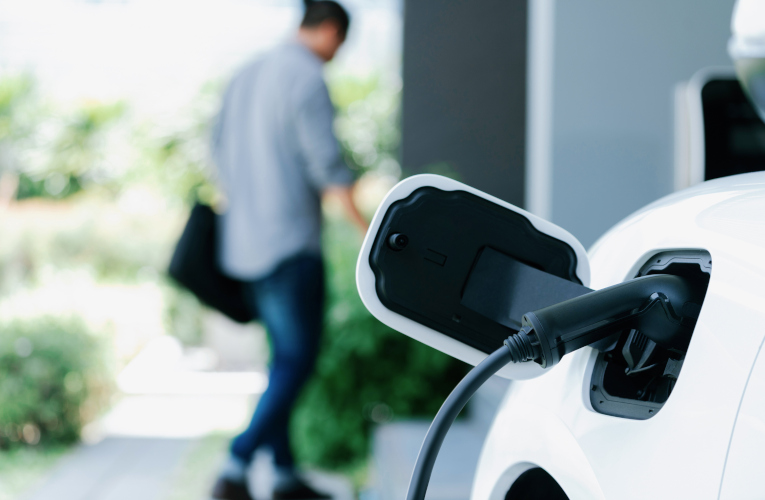
Forecasting
EVentually EVs
The U.S. government set a goal to make 50% of all new vehicle sales zero-emissions by 2030. California took this a step further with “Advanced Clean Cars II” and several states followed. This act mandates 100% of all new car sales to be zero-emissions by 2035. Agenda setting is necessary to propel us forward, but these strict agendas have large implications for not only the future, but for now. If you are like me, you might be thinking, “What does the future have in store for the combustion engine we all know?”
From Combustion Engine to EV
I don’t currently own any vehicle, but I might be in the market for one in the next few years. The current policies surrounding electric vehicles (EV) require us to be informed about the direction the auto/energy industry is headed. Luckily, a perk of being an energy forecaster is knowing the necessary questions. With every forecast there is error, so we must apply the art of forecasting.
If I were to purchase a gas-powered vehicle, would I be stuck with this choice until I buy my next vehicle? The obvious answer is yes, but what if it doesn’t have to be? While listening to presentations at the recent Annual Energy Forecasting Group Meeting, I wondered if there was a way to convert a gas vehicle to an EV? And of course, someone else already thought about it because the solution already exists in the marketplace. The Alternatives Fuels Data Center describes the process. It simply requires one to remove the internal combustion engine, insert a battery pack, electric motor(s), and other necessary equipment. As someone who knows nothing about working on cars, this seems like a daunting process. I was curious how much this would cost, and of course it varies by vehicle. Nonetheless, the cost can be as much as a new vehicle, so while it is nice to have this as an option it is somewhat of a barrier. I feel this process could certainly appeal to car enthusiasts. My curiosity was a result of my qualms towards EV’s. Specifically, I was concerned about EV charging station availability.
Let’s Take a Trip
So where are EV chargers?
The map above shows charging stations across the U.S. from PlugShare. This site currently shows there to be 1,444 charging stations in the U.S., primarily in metropolitan areas. I live in Chicago so finding a charger may not be difficult for in-city traveling, but I can imagine this would become an issue if I was to plan a road trip, as Midwesterners tend to do but the U.S. Department of Transportation is already working on that as well as part of the 2030 zero-emissions vehicles goal. While this still leaves me hesitant to purchase an EV for now, at least now I know what’s out there. After all, the future looks to have an increased number of charging stations and maybe there will be portable backup batteries for EV’s like they have for phones. So, I don’t have an answer to my original question “Gas or Electric?” but I can say is maybe EVentually I will buy an EV.
Related Articles
HTML Example
A paragraph is a self-contained unit of a discourse in writing dealing with a particular point or idea. Paragraphs are usually an expected part of formal writing, used to organize longer prose.





